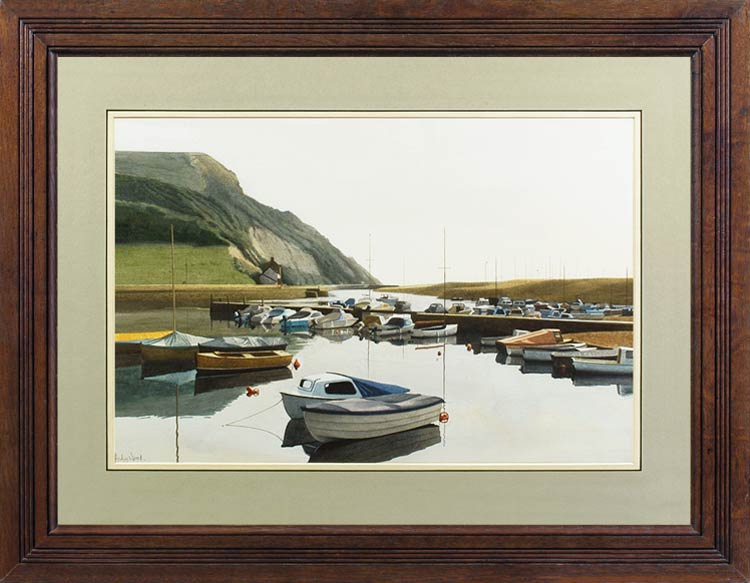Many purveyors of fine art will have already come across some of the beautiful seascape paintings that have been produced throughout history and will have marvelled at the beauty of the scene; with dark, rolling tides and nautical scenes, there’s nothing not to like about seascape art.
In celebration of this lesser appreciated art style, we’ve decided to dive a little deeper into the history of seascape paintings and art and how it has evolved over the years.
When Was the Term “Seascape” First Used?
Apparently, the term “seascape” was coined around 1790 and was used to refer to paintings which looked out onto the coastline or the sea. This was meant to be a direct comparison to landscape art which focus heavily on land based scenes.

The subject of the artwork can include anything from the ocean to coastlines and nautical scenes and can even be set out at sea rather than just looking out to sea from a coastline.
Using the ocean in various art forms has been something which has been adopted by many artists throughout the ages, even as far back as 480BC on a pottery piece know as “Odysseus and the Sirens”.
Although it had been used during these early days of art, it wasn’t until the Renaissance period that seascapes started becoming more popular.
The Seas of the 16th Century
The increase in seascape art is mainly contributed to the rise in popularity of the “world landscape” style which was prevalent in the 1520s by Joachim Patinir. More seascapes were including vaster areas of water, although it was still relatively uncommon to see a painting which simply contained the sea.

They were often used to display historical paintings which included many religious and mythological scenes too which can be seen in the “Fall of Icarus” by Pieter Bruegel. However, at the turn of the century where naval warfare was becoming a more popular theme, vessels and battle scenes were at the forefront of seascape art.
The Dutch Ruled the Waves
The Dutch were the rulers of the European seas in the 17th Century, so it’s only prudent that numerous naval artworks were produced.
Naturally, a Dutch artist was said to have founded this movement in the history of art and even changed the perspective of naval and seascape paintings to that of a more natural, eye-level position.

One of the most famous seascape paintings from this era is Rembrandt’s “The Storm on the Sea of Galilee” which was finished in 1633.
How Seascape Paintings Look Today

During the early 20th Century, many artists focused more heavily on the tranquillity of the water rather than the roughness of it. The aim was to depict how calm and idyllic the sea could be and to create a more modernist view of the oceans of the world.
Today, seascapes incorporate various techniques from throughout the history of seascape art. Some artists are more focused on detailed, naval-themed pieces whereas others like to depict beautiful coastlines or ocean views. Whatever the scene depicts, we think you’ll agree that there’s nothing better than a sea view.


